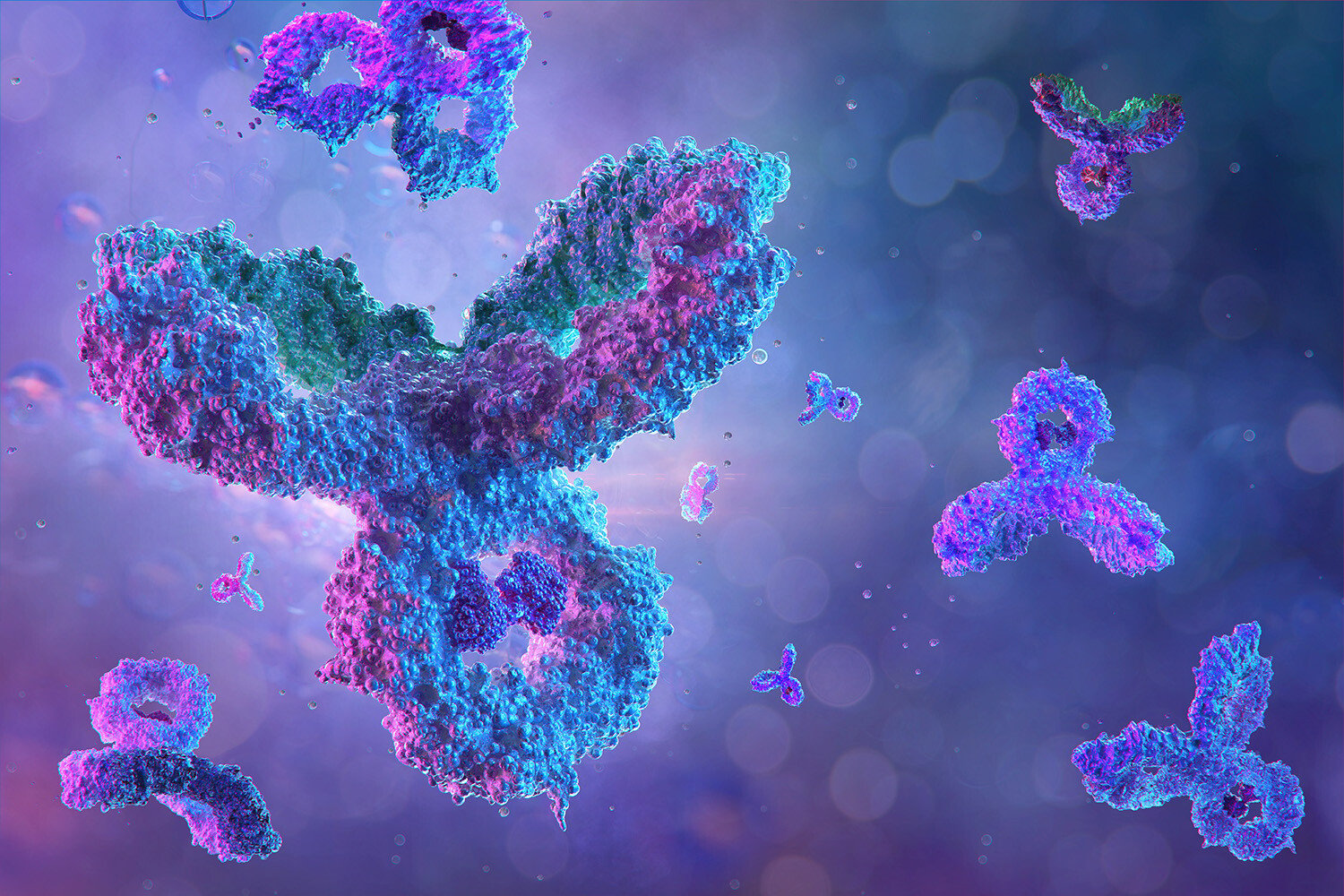The protein aggregate content in protein therapies and other biological drug products is often a critical quality attribute that must be monitored. These aggregates pose significant risks, such as reducing therapeutic efficacy and triggering immune responses in patients. To control the risks protein aggregates can pose, researchers often use analytical techniques to quantify the number of aggregates in a sample, measure their size distribution, and determine their morphology and structure.
Analytical techniques like flow imaging microscopy (FIM) can assist researchers in analyzing protein aggregation when designing formulations for therapeutic proteins and other drug products. Analyzing protein aggregates during formulation can help simplify formulation design and improve the drug product's performance in later stages of development and during manufacturing.
1. Improves Product Safety and Efficacy
Protein aggregates in biopharmaceutical formulations can pose significant safety risks, such as inducing the formation of anti-drug antibodies. These antibodies may neutralize the drug's therapeutic effects, compromising the efficacy of the drug product. Aggregates have also been associated with other severe adverse reactions, including patient fatalities. Minimizing the protein aggregate content of a drug product during formulation can help ensure the drug product is safe for clinical use and meets therapeutic goals.
2. Ensures Regulatory Compliance
Regulatory bodies, including the U.S. Food and Drug Administration (FDA), require researchers to characterize subvisible particles in commercialized biotherapeutics to meet safety standards. Well-designed formulations minimize the number of subvisible protein aggregates and other particles that appear in the final drug product, helping guarantee compliance with these guidelines.
Flow imaging microscopy (FIM) is among the methods the United States Pharmacopeia (USP) recommends for counting and sizing protein aggregates and other subvisible particles in drug products. These measurements are often performed alongside light obscuration (LO), a compendial technique for subvisible particle analysis. Using FlowCam LO, researchers can collect FIM and LO measurements using a single instrument, providing all the necessary measurements to ensure compliance with these standards during formulation development.
3. Reveals Degradation Mechanisms
Many stresses drug products encounter during manufacturing, storage, shipping, and usage can induce aggregation in protein therapies. Using analytical techniques to monitor aggregation in candidate formulations can help reveal the stresses a protein is being exposed to and how each stress impacts drug substance stability. This information can then be used to design a formulation that mitigates the impact of the relevant stresses, improving the stability of the drug product over its shelf life.
Many of these stresses can also generate other types of particles, such as silicone oil, free fatty acid particles, and glass flakes. FlowCam provides high-resolution images of each particle in a sample, allowing each of these particles to be identified and quantified through image analysis tools. For example, VisualAI allows researchers to determine the concentration of protein aggregates and silicone oil droplets in samples. These measurements can highlight other ways candidate formulations can degrade under normal sample handling, allowing each of these mechanisms to be mitigated through formulation design.
4. Guides Formulation Design
Strategies for analyzing protein aggregates can also directly guide the optimization of buffers, excipients, and container-closure systems during formulation design. The amount of protein aggregation in different candidate formulations can often be used as a metric of their stability, allowing researchers to quantitatively compare different candidate formulations to decide which is more effective. This strategy can be used to design protein formulations even if the predominant aggregation mechanisms are unclear or unknown.
When using aggregation to design a formulation, it is critical to monitor the entire size range protein aggregates can exhibit—from small nanometer-sized particles to large visible aggregates. A combination of orthogonal and complementary techniques is necessary to fully characterize the protein aggregate content in a sample. FlowCam 8100 offers a wide size range and can be used to analyze subvisible, gray zone, and visible particles between 2-1000 μm in diameter. Combining FlowCam with techniques like dynamic light scattering for monitoring smaller particles can provide a comprehensive characterization of protein aggregation using only a few instruments and measurements.
Producing Biopharmaceuticals Necessitaties the Use of Protein Aggregate Analysis
Strategies for monitoring protein aggregation are an indispensable part of biopharmaceutical formulation development, helping researchers understand and improve the stability of their formulations. These measurements ensure that protein drug products meet relevant regulatory standards and potentially improve patient outcomes.
FlowCam instruments are designed with protein aggregate analysis in mind, providing USP-recommended flow imaging microscopy subvisible particle measurements as well as particle images to distinguish protein aggregate particles from other particle types. The insight these measurements provide about your formulations can help you design stable, high-quality formulations for your proteins.
Interested in learning more about how FlowCam can help with your protein formulations?










